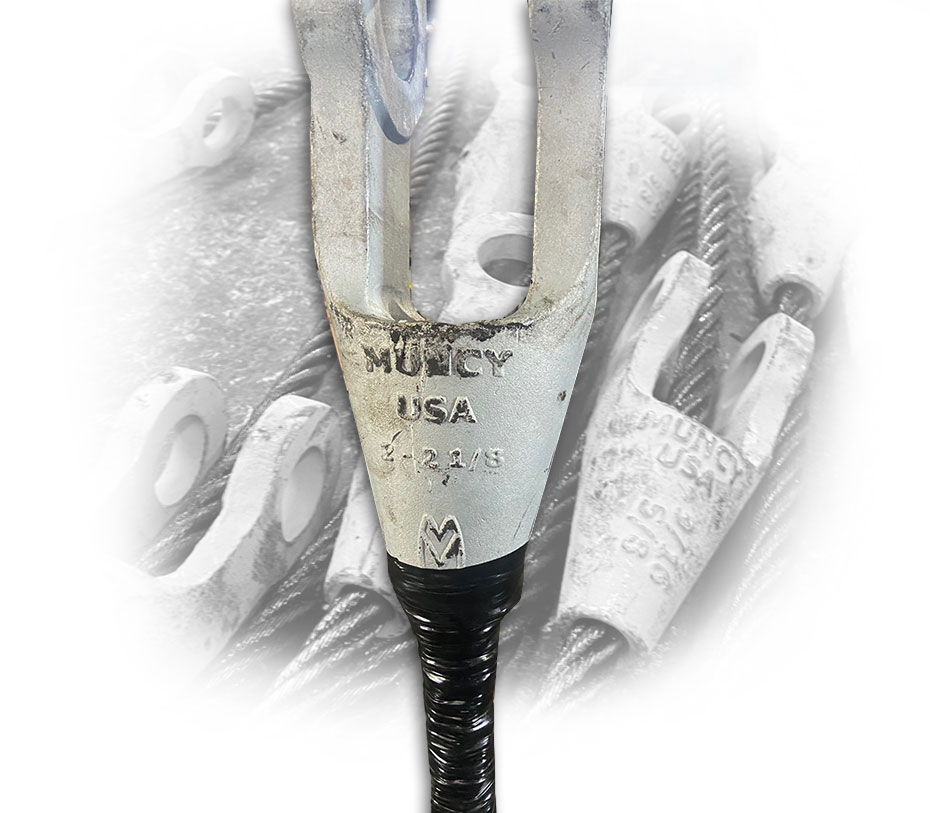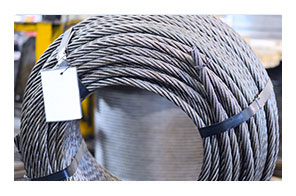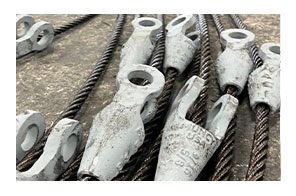How do you make a spelter socket

What makes up a spelter socket?
Spelter sockets are a common wire rope termination that has the advantage of higher efficiencies (essentially higher strength) relative to the wire rope and other wire rope terminations, when properly applied. Spelter sockets have two types, open and closed. Each type is made up of a steel forging or casting with a “basket” where the wire rope is broomed and zinc or resin poured in and solidifies, wedging the end of the wire rope into the basket and the socket. Then the socket addresses the connection to the socket, with an open socket’s “jaw” with a pin and cotter, or bolt nut and cotter. Closed sockets have a rounded “bale” which accommodates a spelter socket pin or shackle or many types of connections. It may help to look at our website to see the design and dimensions of spelter sockets.
How to make a spelter socket
Most spelter sockets are made from steel castings. Some spelter sockets are made from forgings and some from stainless steel castings. Almost all larger spelter sockets are cast, as the forging process is not practical for larger spelter sockets. It is important spelter sockets are made from steel strong enough for the applications the wire rope and spelter socket assemblies were designed to handle.
How a spelter socket is made may determine whether you use resin or zinc
Spelter sockets are “speltered” with zinc, or similar tested metal (babbit) and various type of resins. Different resin manufacturers have different instructions and warnings on using their resins, as different manufactures of spelter sockets have different warnings and best practices. At one time one resin manufacturer specifically stated not to use their resin with stainless steel spelter sockets while others did not have such a prohibition. It is important to follow design and socket warnings and instructions. Testing can prove the adequacy of the assembly.
Spelter sockets made with grooves and without
At the time of this article there is a US Federal specification, RR-S-550 F, that requires internal grooves inside the basket of the spelter socket. This antiquated specification required the grooves with the hope the grooves would prevent the broomed wire rope and zinc/resin “slug” from popping out of the socket or spinning, with the zinc or resin filling the grooves and keeping the wire rope in place. Unfortunately, the committee didn’t understand the practicalities of how sockets function, as when the socket is proof loaded before service, the load moves the slug forward inside the socket, called “seating”. If the slug is in a socket with grooves, the socket still “seats” and any of the slug in the grooves breaks out of the grooves, potentially causing fractures and cracks in the slug and then rendering the grooves ineffective, especially on smaller sized spelter sockets (1-1/2” wire rope sockets and smaller). Muncy employs a better engineered design to prevent slugs from popping out or spinning in the socket.
Note: this article is for informational purposes only. The reader should not rely on anything written herein and the author makes no warranties whatsoever.
Author: Muncy Industries
01/02/2024




